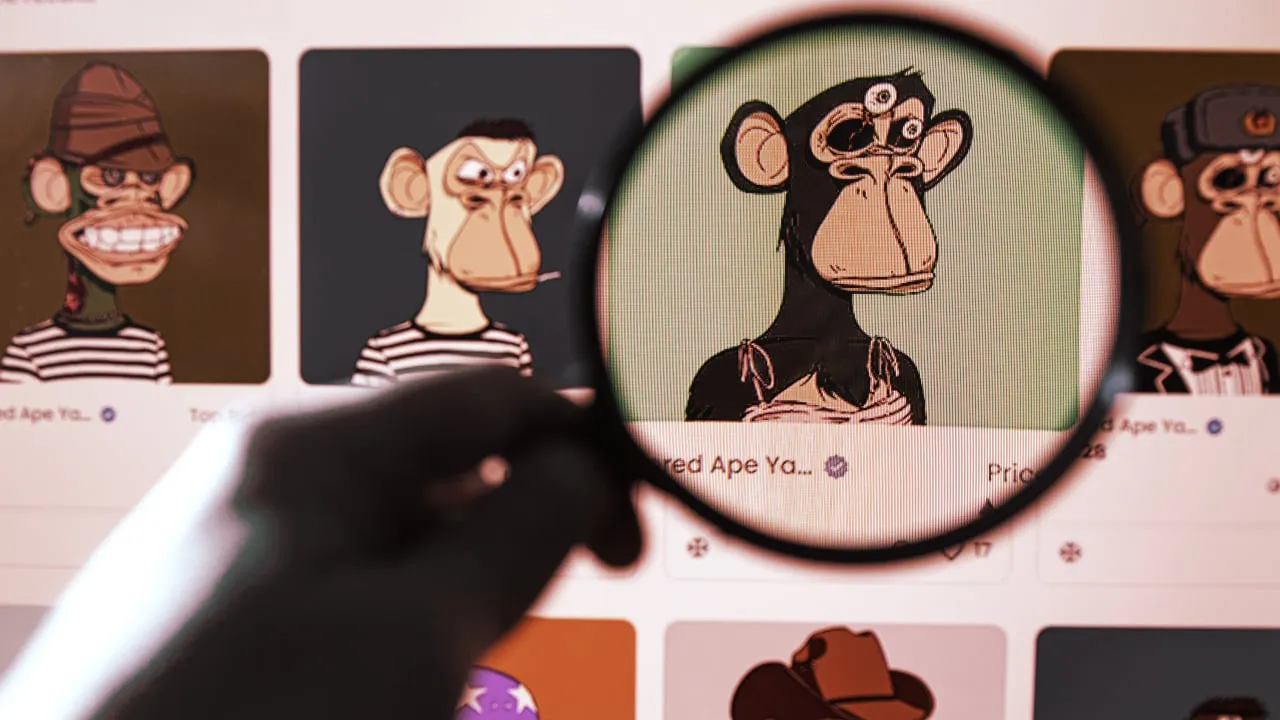NFT investors fare best when they’re either really early or really patient, according to a new Chainalysis report.
Over the last year, investors have piled into NFTs—unique digital tokens that can be used to represent ownership over just about anything on the internet, including art, music, or video game items and collectibles. So far in 2021, users have sent $27 billion to ERC-721 and ERC-1155 contracts, the two most popular Ethereum contracts used on NFT marketplaces, according to Chainalysis.
Beeple led the charge with the $69 million sale of his “Everydays” digital art NFT collection in March. The Board Ape Yacht Club collection doubled trading volume on OpenSea when its sales spiked 900% this month. And Visa paid $165,000 for an NFT from the CryptoPunk collection in August, which has since seen its basement price soar to 67 ETH, or $286,000.
Those eye-popping sales have brought lots of aspiring collectors into the market, but their chances of success vary widely.
There’s a 76% chance of selling an NFT for a profit when collectors join the Discord or Telegram community for a project before it drops. Creators often whitelist those buyers, allowing them to buy the NFTs at a discount, as thanks for helping market their work.
In fact, half of those sales result in the buyer selling an NFT for double what they paid for it, according to an analysis of OpenSea transaction data.
Missed out on the whitelist? It’s best to wait. Buying and flipping NFTs on the secondary market results in a profit 65% of the time, according to OpenSea transaction data analyzed by Chainalysis.
And, perhaps counterintuitively, the hardest way to make a profit selling an NFT is by buying it when it mints. Without whitelist pricing, only 29% of sales of NFTs bought when they were brand new resulted in a profit.
The report notes that the low success rate of people making a profit selling newly-minted NFTs doesn’t take into account people who bought them at launch and never sold. That’s because it's really difficult to assess the price of NFTs that haven’t been put up for sale, said Chainalysis economist Ethan McMahon.
“In general, those who choose to sell their newly minted NFT do so more quickly than those who are purchasing an already sold NFT. Roughly 50% of first-time sales are completed within 2 days of the initial mint,” he told Decrypt in an email. “It takes about five days to reach this same mark for secondary sales after purchase. There are of course exceptions, and some sellers recognize a profit can be made off of a near instant resale and others sell after months of hodling.”
The report also highlights some scaling issues that the NFT market has experienced as it grew at a scorching rate this year.
For example, the launch of NFT collection The Sevens resulted in at least 42 NFTs being accidentally burned, or destroyed, and 26,000 failed transactions that cost users an accumulated $4 million in fees, according to the Chainalysis report.
Unlike standing in line to grab a sweatshirt from Supreme or trying to order a pair of Nike sneakers the minute they launch on the website, there’s no mechanism that stops Ethereum transactions from going through–and charging the user gas fees–if they’ve been sent before the sale starts or for an NFT that’s no longer available.
“If one includes those gas fees in profitability calculations, buying newly-minted NFTs becomes a much less attractive investment than one would initially think,” Chainalysis writes. “It also appears that some experienced users employ bots to purchase NFTs as soon as minting begins, resulting in more failed transactions–in some cases by the bots themselves–making profitable trading even more difficult for the average user.”
Disclaimer
The views and opinions expressed by the author are for informational purposes only and do not constitute financial, investment, or other advice.

